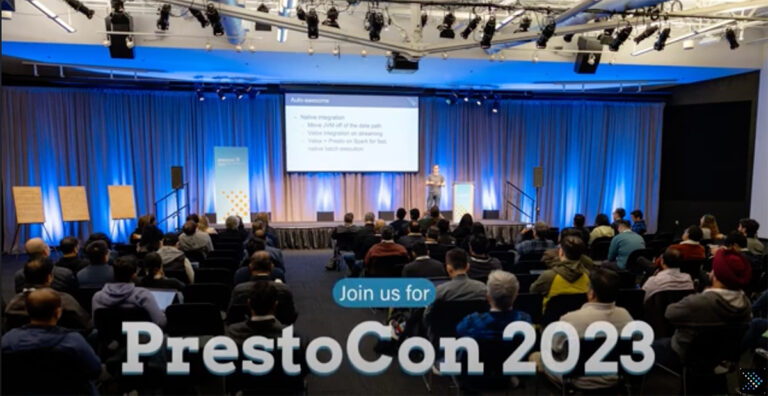Top 3 reasons why you should attend PrestoCon 2023: Halloween Edition
Two days of Presto, hands-on workshops, and Prestissimo…oh my! Happy Halloween, Presto community! Over the last few weeks, I’ve had people reach out to ask more about PrestoCon 2023, so I figured I’d write a blog to share my thoughts. First, a quick overview: When: December 5-6th, 2023 at the Computer History Museum in Mountain View,…
